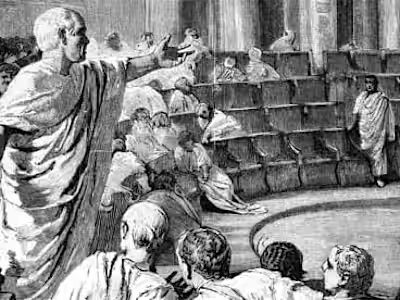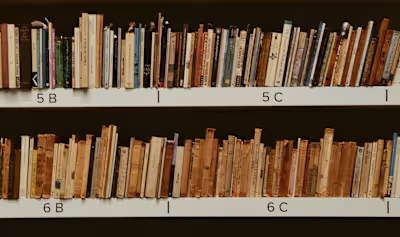An Extract on Semiotics
Ferdinand De Saussure’s concept of the sign, as well as his subsequent ideas in the same field, helped solidify the foundation of linguistics and semiotics in the twentieth century. Saussure’s definition of the sign was in itself a valuable discovery that led to significant developments in the fields mentioned above. The Swiss linguist defines the sign as an entity which is made up of a combination of a ‘signifier’ and a ‘signified’. The signifier being a sound-image, or in other words a form that holds meaning in our heads. While the signified is the concept of the sound-image which gives it meaning. Out of this definition, Saussure states that a language is essentially a system of signs, and perhaps more importantly, a system that is linked by arbitrary connections.
Ferdinand De Saussure emphasizes the arbitrariness of language. The fact that there is no natural relationship between the signifier and the signified. Instead, the relationship that binds them together is entirely conventional. Saussure also sheds light on language’s unique feature of relying on differences to achieve meaning. Based on this, he notes that signs are able to gain meaning strictly because of their distinct differences from all of the other existing signs within the system.
Another crucial distinction that he makes is between paradigmatic and syntagmatic relationships. Signs have a paradigmatic relationship when they resemble one another, either in the level of their signifier, their signified, or in both. In contrast, terms have a syntagmatic relationship when they are different from the other terms that are arranged in the same sentence. The paradigmatic and syntagmatic relationships help determine the value of the sign; because a linguistic sign can only have value if it was completely different from any other sign that resembles it, as well as different from the signs that surround it in a sentence or an utterance.
Saussure also distinguished between the two different methods of linguistic analysis, that is Synchronic linguistics and Diachronic linguistics. The Swiss linguist puts more value and emphasis on synchrony, which is an approach in linguistics that focuses on the analysis of signs within the context of the language system at the moment. While diachrony concerns itself with a historical analysis of comparative studies of the systems of language between two different historical eras. Saussure believed that an understanding of language can only be possible through a careful study of the synchronic approach.
Like this project
Posted Jun 25, 2023
Ferdinand De Saussure’s concept of the sign, as well as his subsequent ideas in the same field, helped solidify the foundation of linguistics and semiotics in …
Likes
0
Views
29





